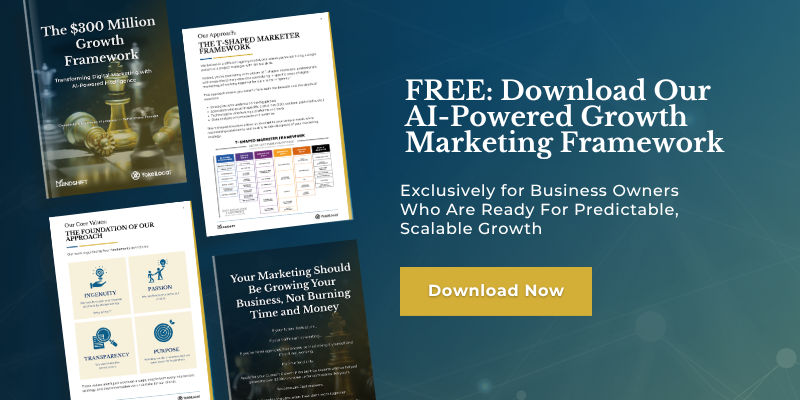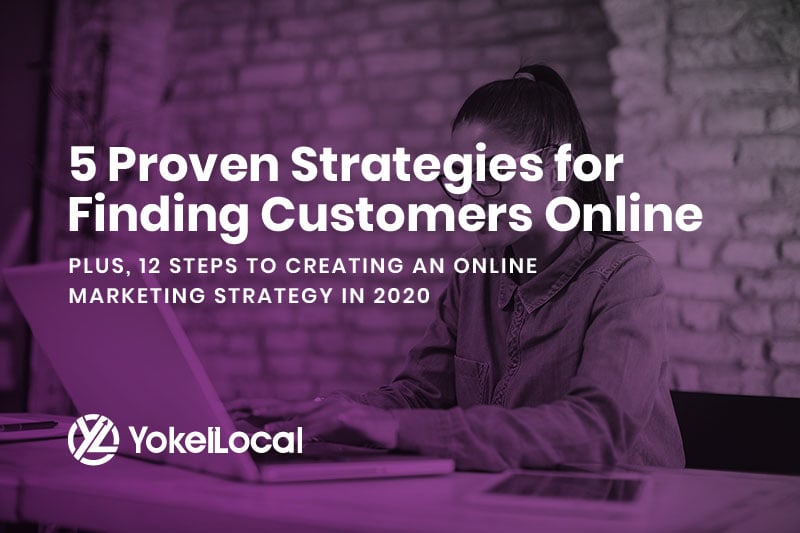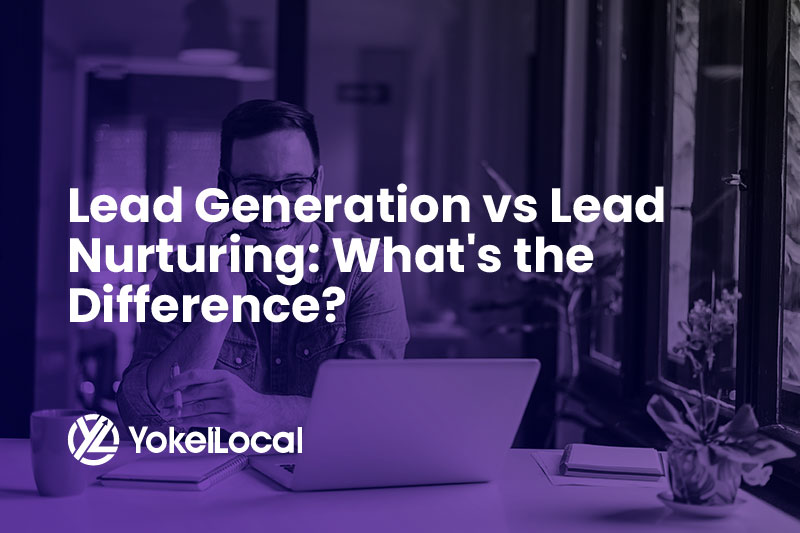If there’s one misunderstood villain of online marketing, it’s the pop-up ad.
They can appear at any moment, like a migraine or a papercut. Whether you’re reading a blog, trying to shop, or just listening to a song, you’re at risk of a pop-up blighting your screen. Humans even invented the digital equivalent of mosquito spray in the pop-up blocker to keep them away.
However...
Pop-ups wouldn’t still exist if they didn’t work. And, perhaps, to everyone’s surprise, they can be highly effective in converting visitors when used correctly. Just ask Sumo, which was able to collect 23,645,948 email addresses in just two years with pop-ups.
Fundamentally, a pop-up is simply a smaller window that appears in front of your current window. It typically includes some type of graphic and a call to action for the viewer to click on it. While simple, pop-ups offer the following distinct benefits over other methods of getting someone’s attention online:
- They avoid banner blindness: Want to make sure a viewer sees your offer? A pop-up ad puts it right in their face and has a higher conversion rate than email.
- They provide value: Pop-ups are often attached to an offer the viewer would want. They might not find it if it were placed elsewhere on the site.
- They’re fast: Viewers might not have the time or patience to work through a longer form to obtain a content offer.
- They flow with engagement: Pop-ups can be programmed to appear when a viewer is already engaged with a page, making a conversion more likely.
Different Types of Pop-ups
Want to start using pop-ups on your own site? Check out these tactics to determine the best ones for your business.
- Entry Pop-ups: Set a pop-up to appear upon entry to a web page with a special, limited-time offer. These are disruptive, but they push people to convert and they may even thank you for it.
- Click Pop-ups: Attached to keywords, buttons, or images throughout your site, these only appear when a viewer is enticed to click on them.
- Exit Pop-ups: These should be used with caution, as they appear once they detect that a viewer is leaving your site. They could be your business’s last chance to persuade people to stay on your site or complete an action.
- Scroll Pop-ups: These are less intrusive than other types of pop-ups by showing up when a viewer has scrolled to a particular point on a page. They appear when a viewer is engaged with a page and most likely to click.
- Timed Pop-ups: After a viewer has been on a page for a certain period of time, this type of pop-up can be scheduled to show up, ensuring that it’s being seen by engaged, intrigued consumers.
Examples of Our Pop-ups
At Yokel Local, we regularly use pop-ups for lead generation and to help prospects down the buyer's journey with content offers. Check out some of the pop-ups that we currently have live on our clients’ sites to get an idea of their versatility and how your site could use them.
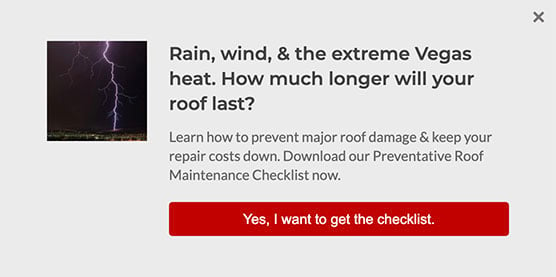
Pop-up ad for a roofing company
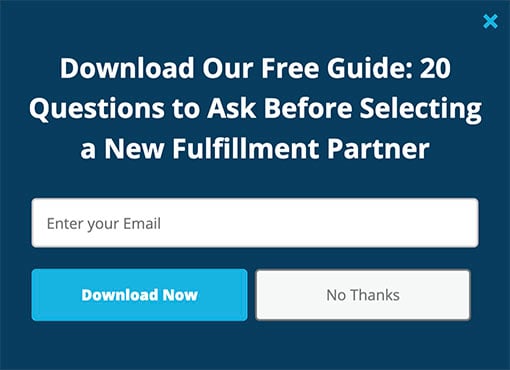
Pop-up ad for a third-party fulfillment provider
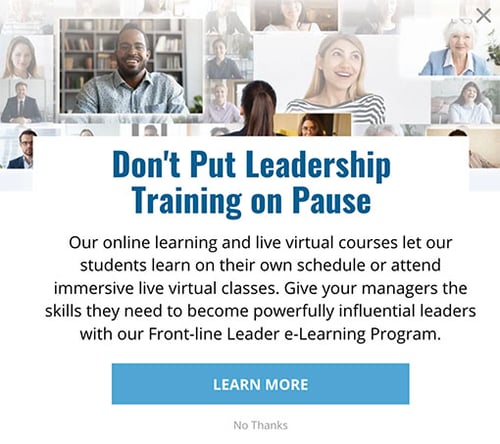
Pop-up ad for a leadership immersion trainer
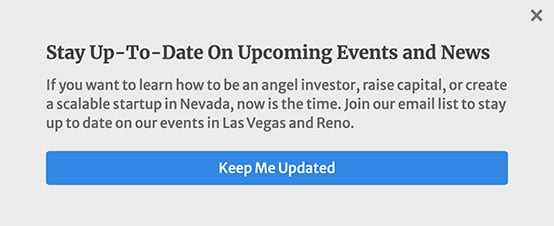
Pop-up ad for a startup incubator
Put Information in Front Of Website Visitors at the Right Time
While pop-ups seem antiquated, they remain a critical tool for collecting the contact information of prospective leads. They’re also getting smarter and more effective, giving them a consistent role to play for the foreseeable future. One of the key aspects of inbound marketing is putting the right information in front of the right website visitors at the right time, and while it may seem counterintuitive, pop-ups excel in this capacity. Contact Yokel Local if you want to harness pop-ups so you can generate leads without cold calling.



